Home>Ideas and Tips>Upgrading Your Home’s Insulation For Energy Efficiency
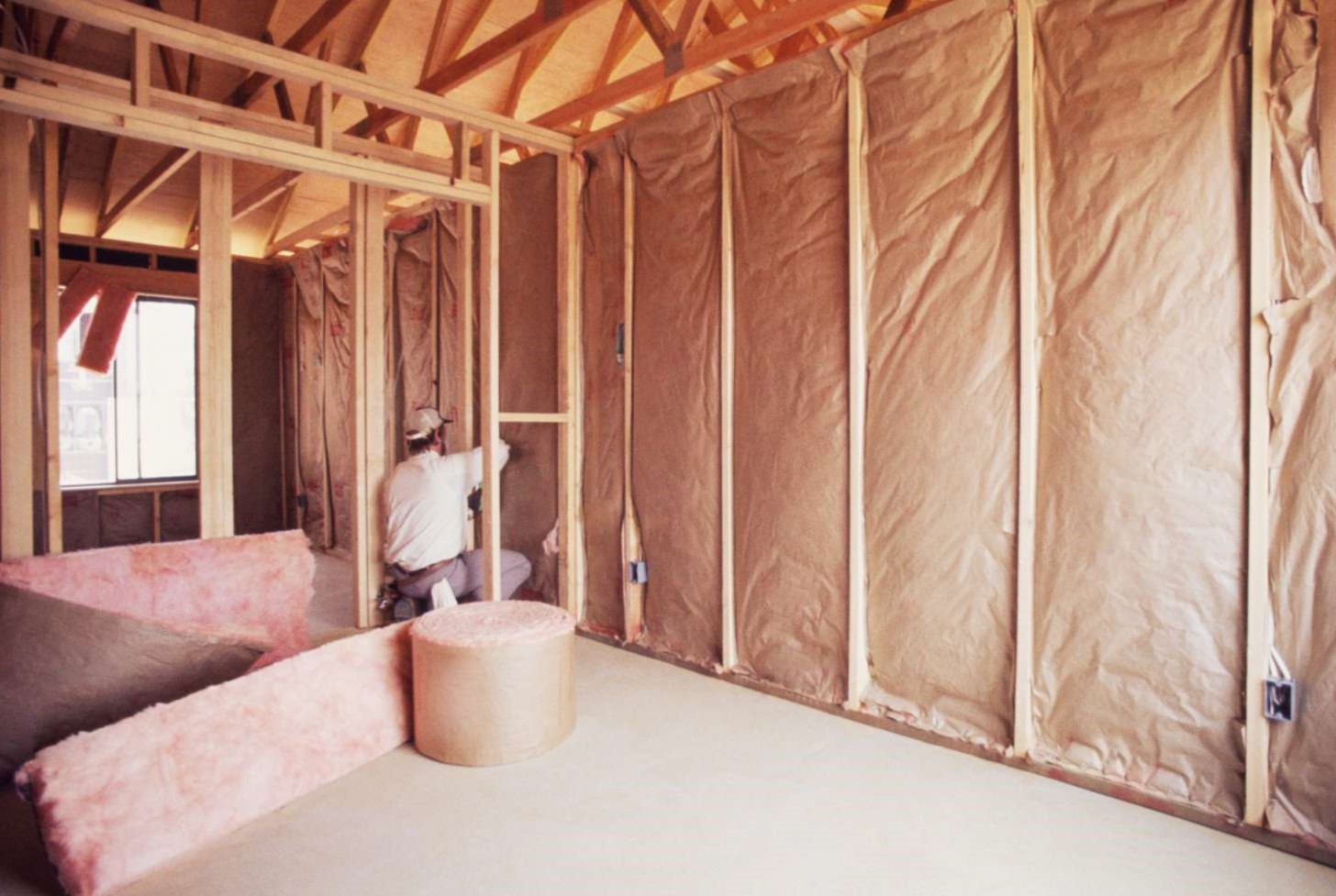

Ideas and Tips
Upgrading Your Home’s Insulation For Energy Efficiency
Published: August 28, 2024
Upgrade your home's insulation to boost energy efficiency, cut utility bills, and enhance comfort. Discover types, benefits, and DIY tips.
(Many of the links in this article redirect to a specific reviewed product. Your purchase of these products through affiliate links helps to generate commission for Storables.com, at no extra cost. Learn more)
Upgrading your home's insulation is a smart move for anyone looking to save on energy bills and make their living space more comfortable. But why is it so important? Well, proper insulation helps keep your home warm in the winter and cool in the summer, which means your heating and cooling systems don't have to work as hard. This not only saves you money but also reduces your carbon footprint. Plus, a well-insulated home is quieter and more comfortable year-round. So, let's dive into the unexpected benefits of upgrading your home's insulation, explore the types of insulation available, and provide a guide on how to determine if your home needs more insulation.
The Importance of Home Insulation
Home insulation is a big deal when it comes to energy efficiency. It acts like a barrier, keeping the heat in during the winter and out during the summer. Without enough insulation, your home can lose a lot of energy through the roof, walls, and floors. This not only makes your energy bills skyrocket but also contributes to greenhouse gas emissions. So, if you're looking to save money and help the environment, upgrading your insulation is a no-brainer.
Improved Energy Efficiency
One of the biggest perks of upgrading your home's insulation is better energy efficiency. According to the U.S. Department of Energy, homes with proper insulation can cut heating and cooling costs by 10 to 20 percent. That means your HVAC system won't have to work as hard, which is good for your wallet and the planet. Plus, many insulation products are eco-friendly. For example, cellulose insulation is made from recycled paper, and spray foam insulation has no harmful long-term emissions. So, by choosing sustainable insulation, you're doing your part for the environment.
Reduced Noise
Insulation isn't just about keeping your home at the right temperature; it also helps reduce noise. By blocking out external sounds and reducing noise inside your home, insulation creates a quieter, more peaceful environment. This is especially great for families with young kids or anyone who works from home and needs a quiet space.
Improved Comfort Level
Good insulation keeps your home at a consistent temperature all year round. No more worrying about sudden drops in temperature or drafts making your home feel chilly. This consistency makes your living space more comfortable for you and your family.
No Mold Damage
Without enough insulation, condensation can form on walls and ceilings, leading to dampness and mold growth. Mold can damage your home and harm your health. Proper insulation prevents condensation, keeping your home mold-free and healthier.
Read more: Upgrading Your Home’s Insulation DIY Tips
Cost Savings
While saving money might not be the most unexpected benefit, it's definitely one of the best. Proper insulation protects your HVAC system from extreme temperatures, extending its lifespan and reducing maintenance costs. Plus, you save on energy bills and HVAC maintenance by insulating your home correctly.
Health Benefits
Insulation does more than keep your home comfortable; it also improves your health. By sealing your home, insulation blocks out allergens, improving indoor air quality. This can help reduce asthma and other respiratory issues. Research shows that people in well-insulated homes get sick less often and have fewer hospital visits.
Increased Home Value
A well-insulated home is more appealing to buyers and can increase your property's value. Energy-efficient upgrades are in high demand, so investing in quality insulation can give you a good return on investment. According to Freddie Mac, energy-efficient homes sell for 2.7 percent more than those without energy ratings.
Determining If Your Home Needs Additional Insulation
Before upgrading your insulation, you need to figure out how much you already have and where it is. Here are some steps to help you out:
-
Conduct an Insulation Check:
- Hire a home energy assessor to check your insulation as part of a whole-house energy assessment.
- If you don't want to hire someone, inspect the attic, walls, and floors next to unheated spaces like garages or basements. These areas usually have exposed structural elements, making it easier to see and measure the insulation.
-
Inspect Exterior Walls:
- Use an electrical outlet to check the exterior walls. Turn off the power, remove the cover, and shine a flashlight into the crack around the outlet box. You should be able to see if there's insulation and how thick it is.
-
Check Unfinished Basement Ceilings and Walls:
- Inspect and measure the insulation in unfinished basement ceilings and walls or above crawlspaces. If your house is new, it might have insulation outside the basement or foundation walls. The builder or original homeowner might know if exterior insulation was used.
-
Determine Recommended R-Values:
- Once you know the type and thickness of your insulation, check the U.S. Department of Energy's Insulation fact sheet to find the R-values of the insulation in your home.
-
Use Home Energy Saver Tool:
- Use the Home Energy Saver tool to figure out how much insulation you should add and where to add it for maximum energy efficiency.
Types of Insulation Available
There are several types of insulation, each with its own pros and cons:
-
Fiberglass Batt Insulation:
- This is one of the most common types. It's easy to install and cheap. But it can be itchy and cause respiratory issues if not handled right.
-
Cellulose Insulation:
- Made from recycled paper, cellulose insulation is eco-friendly and good at blocking sound. It's also fire-resistant but can be pricier than fiberglass batts.
-
Spray Foam Insulation:
- This type expands to fill gaps and provides excellent thermal resistance. It's very effective but can be expensive and needs professional installation.
-
Rigid Foam Board Insulation:
- Durable and provides excellent thermal resistance. Often used in exterior walls but can be more expensive than other options.
-
Radiant Barrier Insulation:
- Unlike traditional insulation, radiant barriers are reflective materials that re-emit radiant heat, reducing cooling loads.
Steps to Upgrade Your Home's Insulation
Upgrading your insulation involves several steps:
-
Assess Your Current Insulation:
- Figure out how much insulation you already have and where it is. This helps you identify areas that need improvement.
-
Choose the Right Insulation Type:
- Based on your assessment, pick the right type of insulation for each area of your home. Consider factors like climate, type of heating and cooling system, and the part of the house you plan to insulate.
-
Prepare the Area:
- Before installing new insulation, make sure your home is properly sealed. This means sealing gaps around windows, doors, and other openings to prevent air leaks.
-
Install New Insulation:
- Follow the manufacturer's instructions for installing new insulation. If you're using spray foam, wear protective gear and work in well-ventilated areas.
-
Check for Air Leaks:
- After installing new insulation, check for any remaining air leaks using a smoke pen or infrared camera. Seal any gaps you find to maximize energy efficiency.
Conclusion
Upgrading your home's insulation is a key step towards energy efficiency and improving your living space's comfort and health. By understanding the benefits of insulation, figuring out if your home needs more, and choosing the right type for each area, you can cut your utility bills and help the environment. Whether you DIY or hire a pro, upgrading your insulation is an investment that pays off in the long run.
Additional Resources
- U.S. Department of Energy: For more info on adding insulation to an existing home or insulating a new house, visit the U.S. Department of Energy's website.
- Freddie Mac: To learn more about how energy-efficient homes sell for higher prices, visit Freddie Mac's website.
- Energy.gov: For detailed info on types of insulation and their R-values, visit Energy.gov's insulation page.
By taking these steps and making informed decisions about your home's insulation, you can create a more energy-efficient, comfortable, and healthy living space that saves you money and helps the planet.
Was this page helpful?
At Storables.com, we guarantee accurate and reliable information. Our content, validated by Expert Board Contributors, is crafted following stringent Editorial Policies. We're committed to providing you with well-researched, expert-backed insights for all your informational needs.
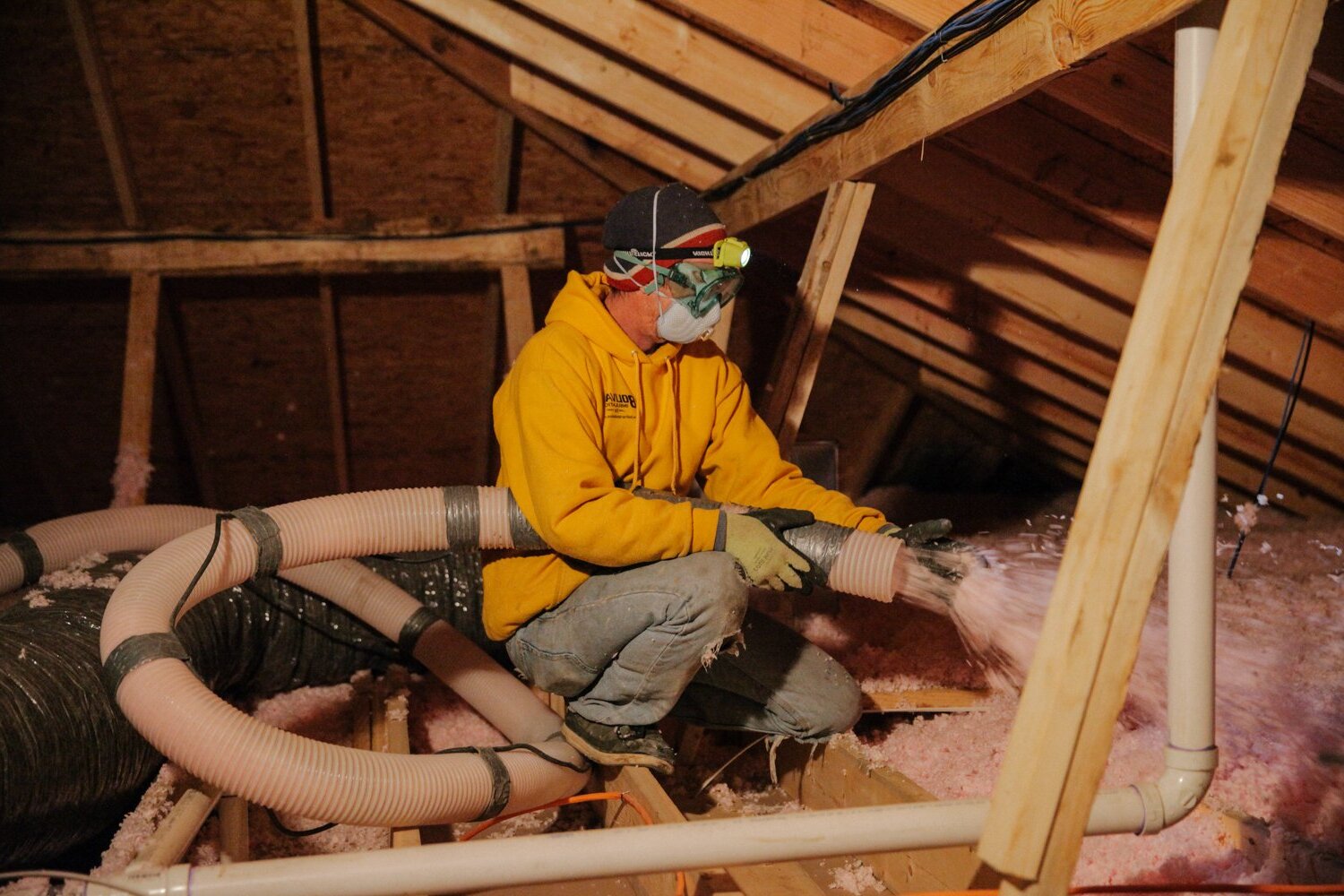
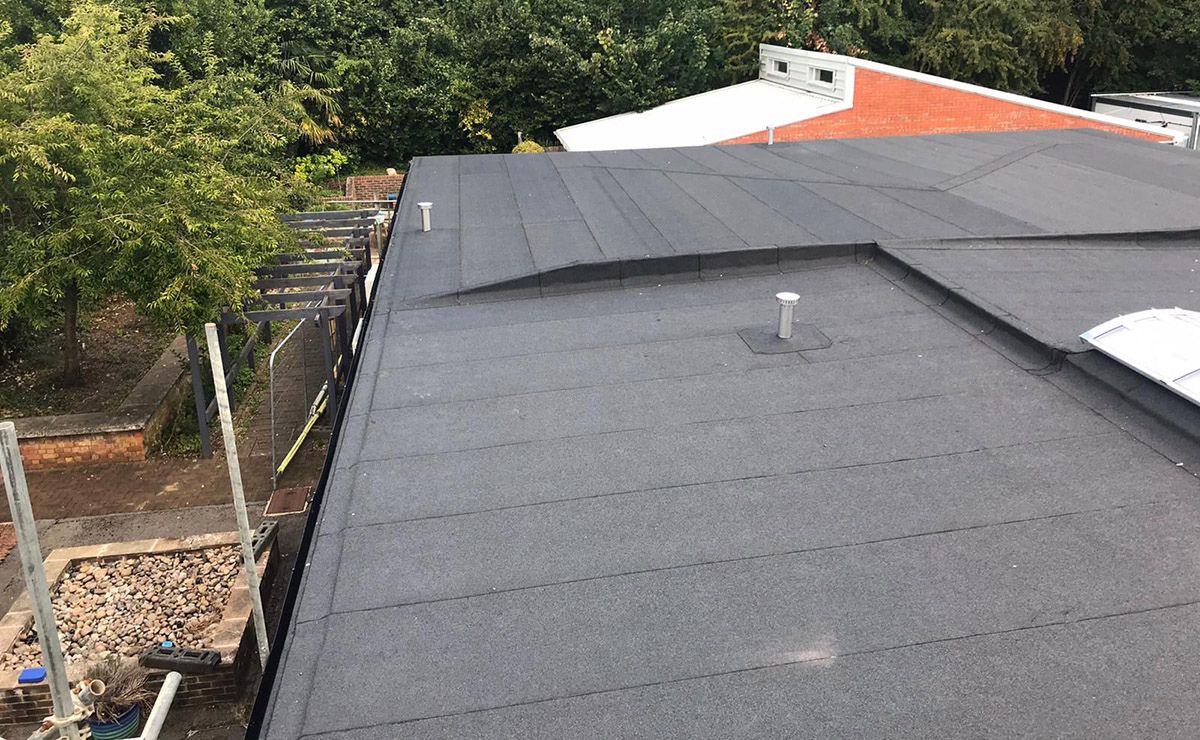
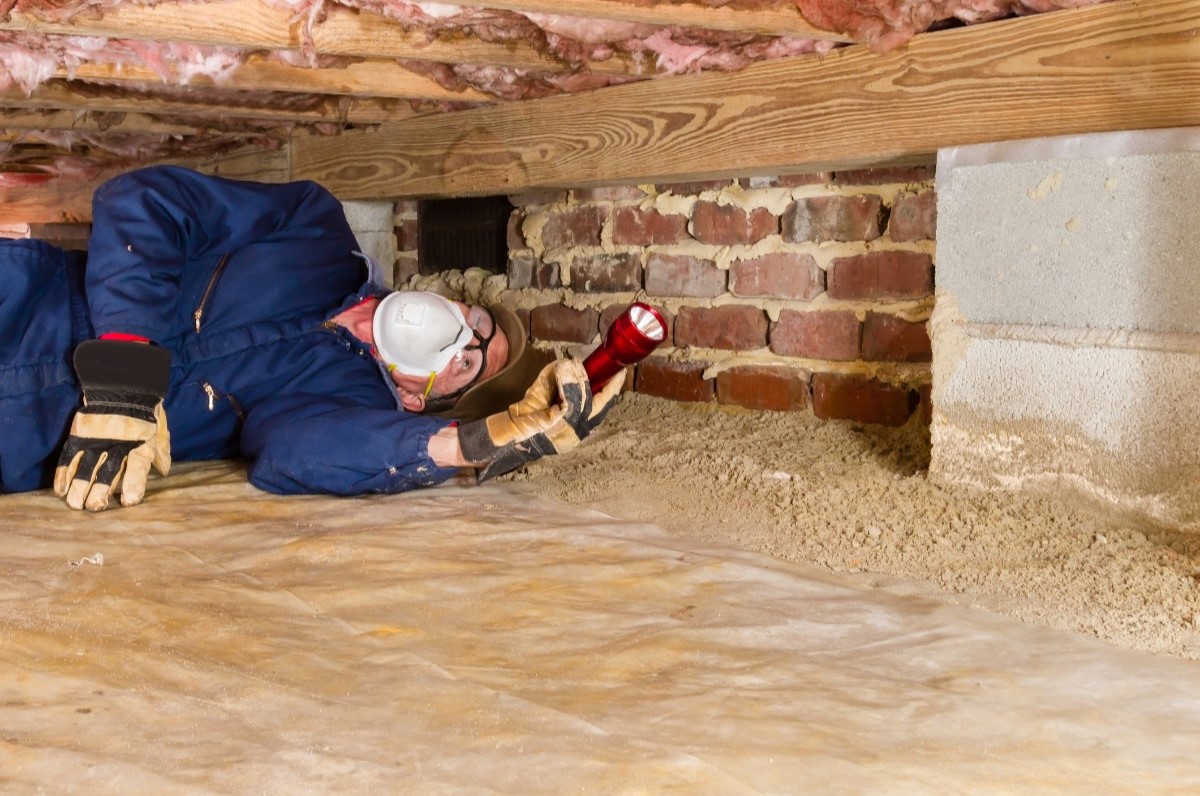
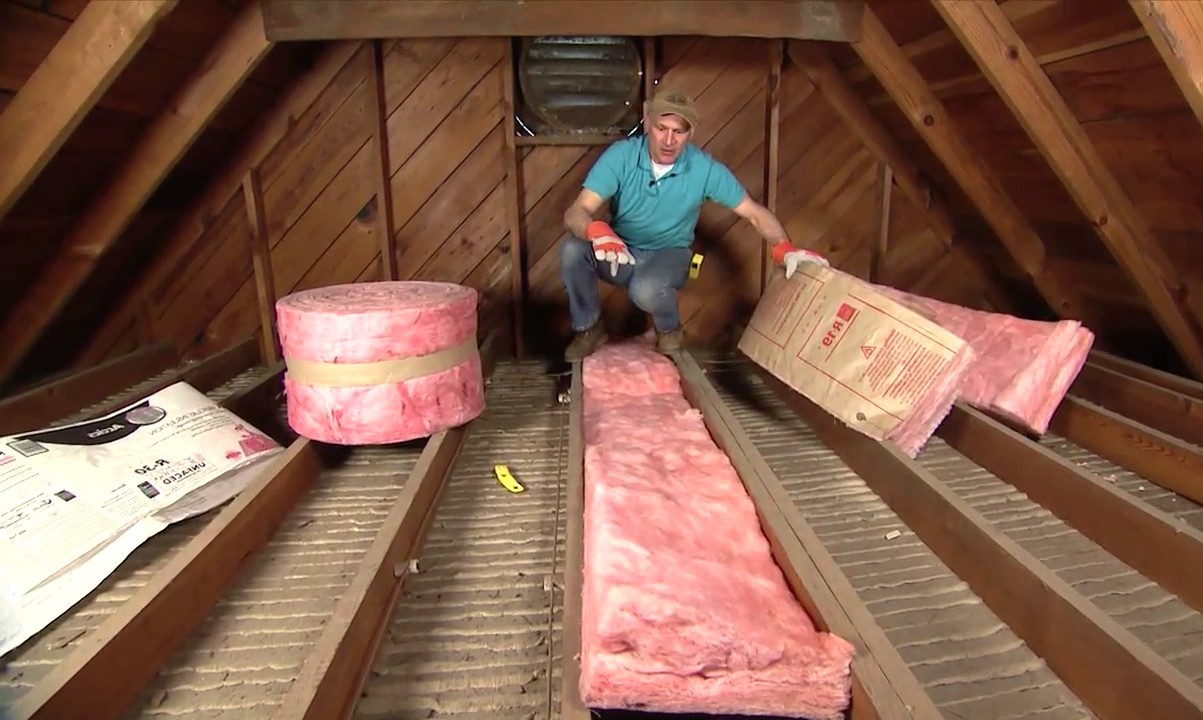
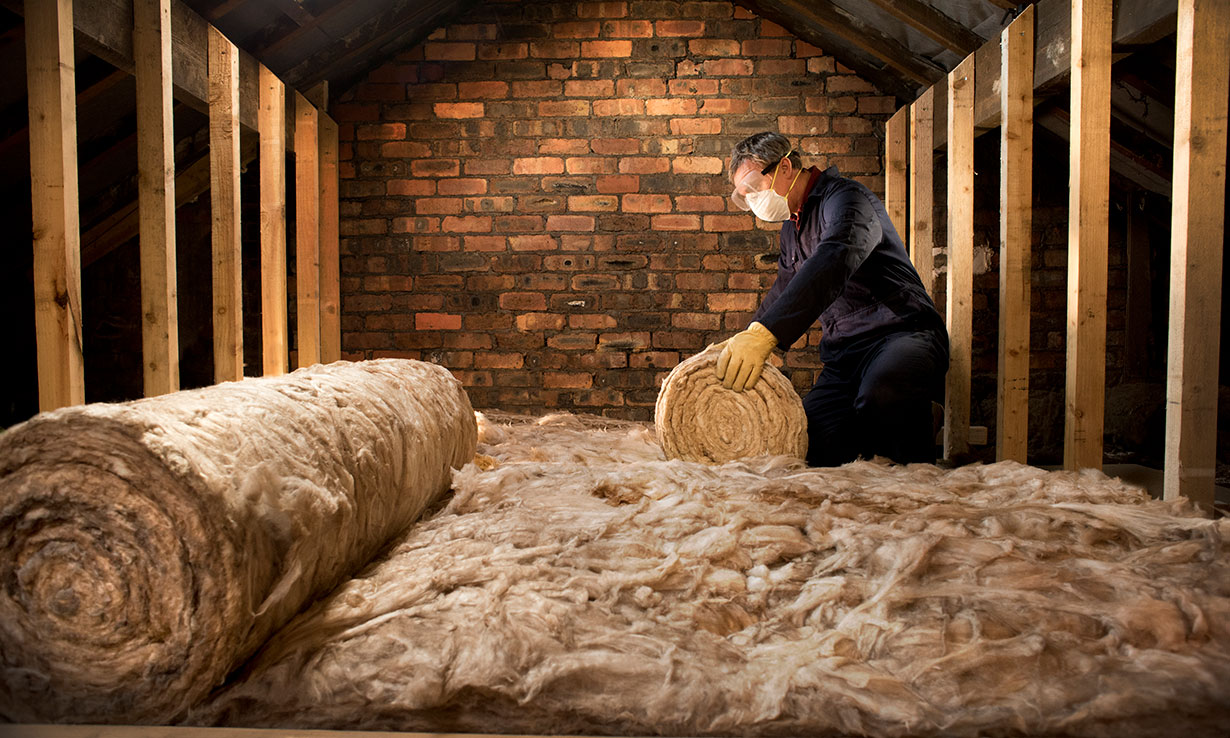
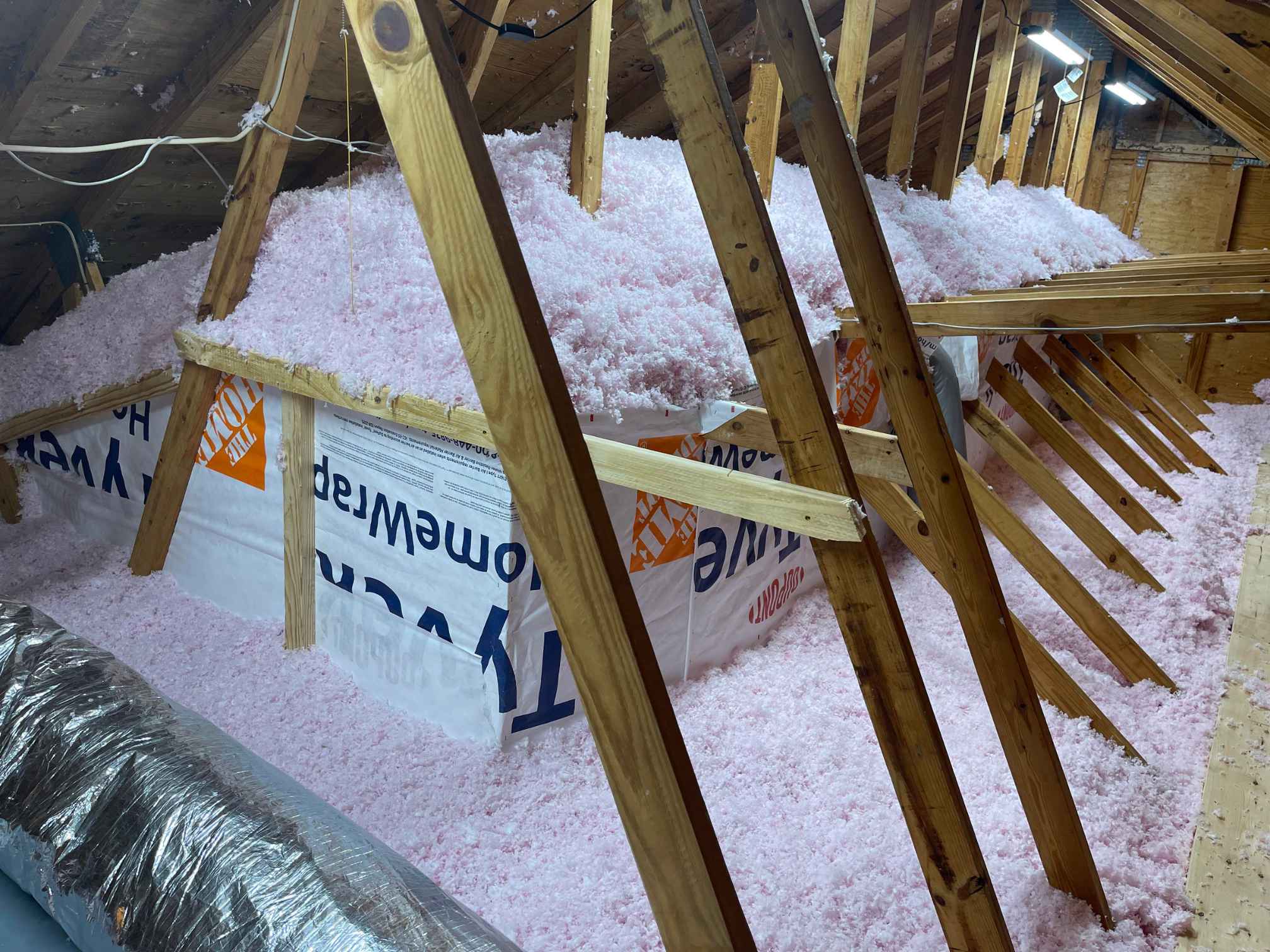
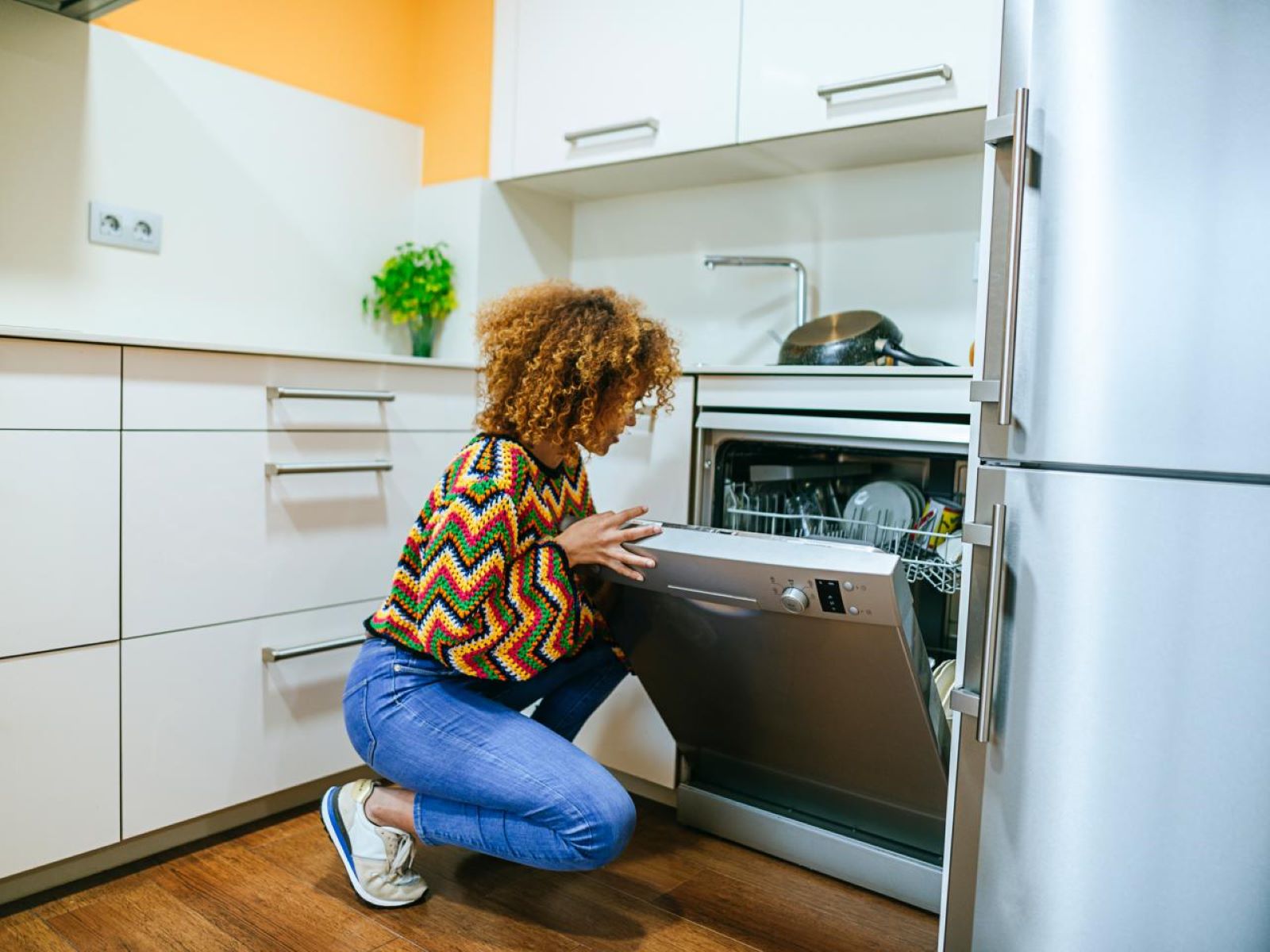
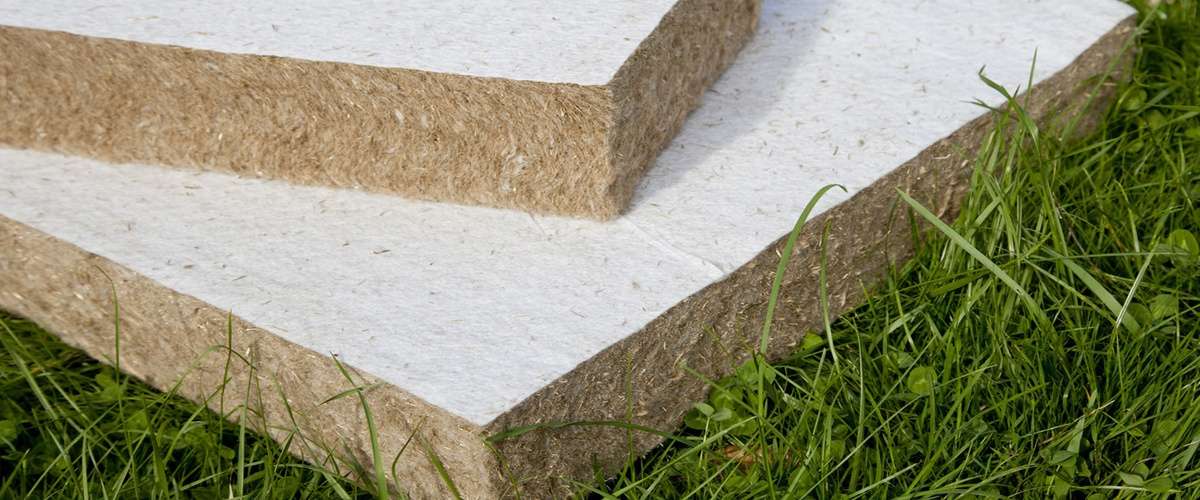
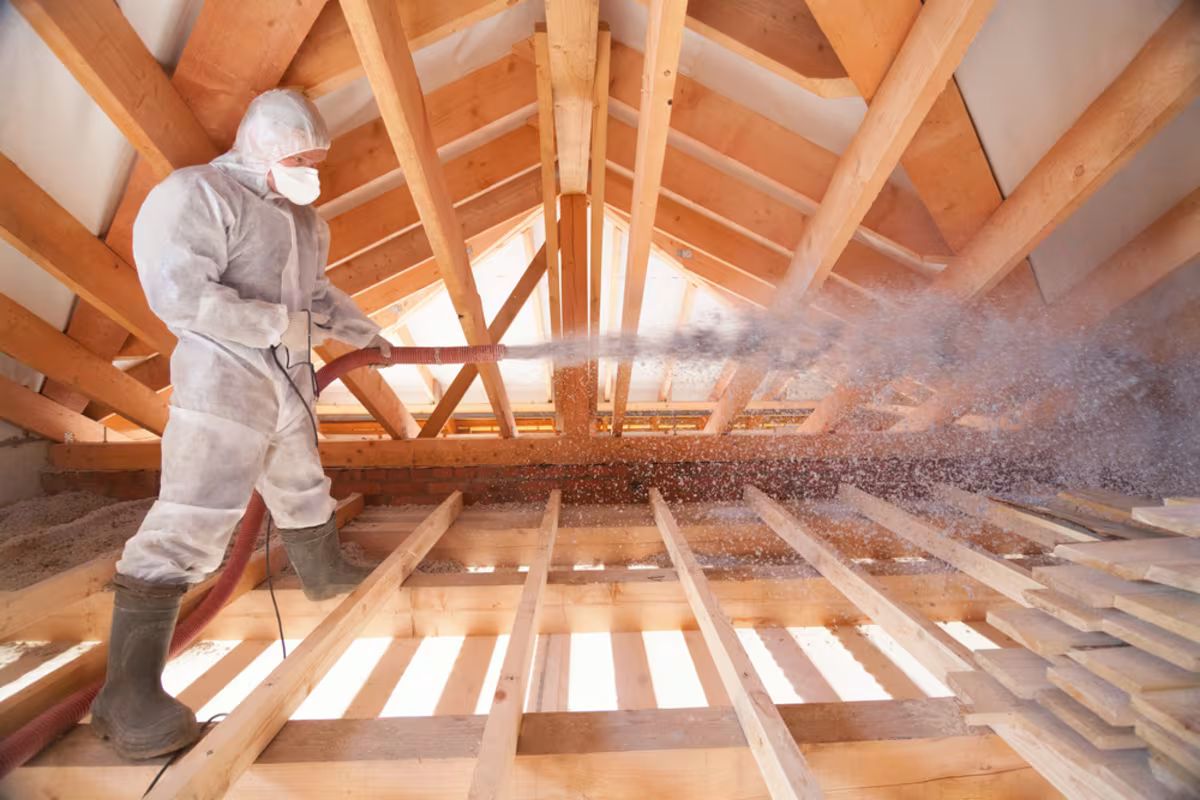
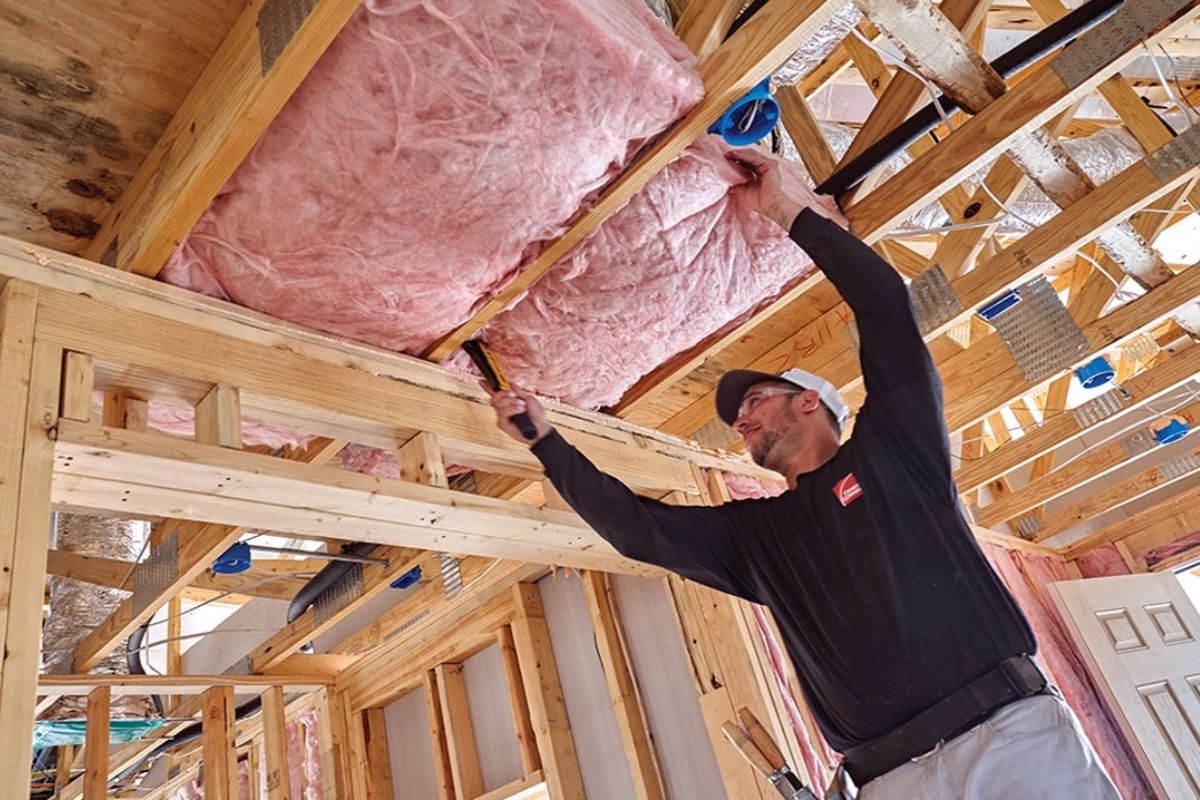
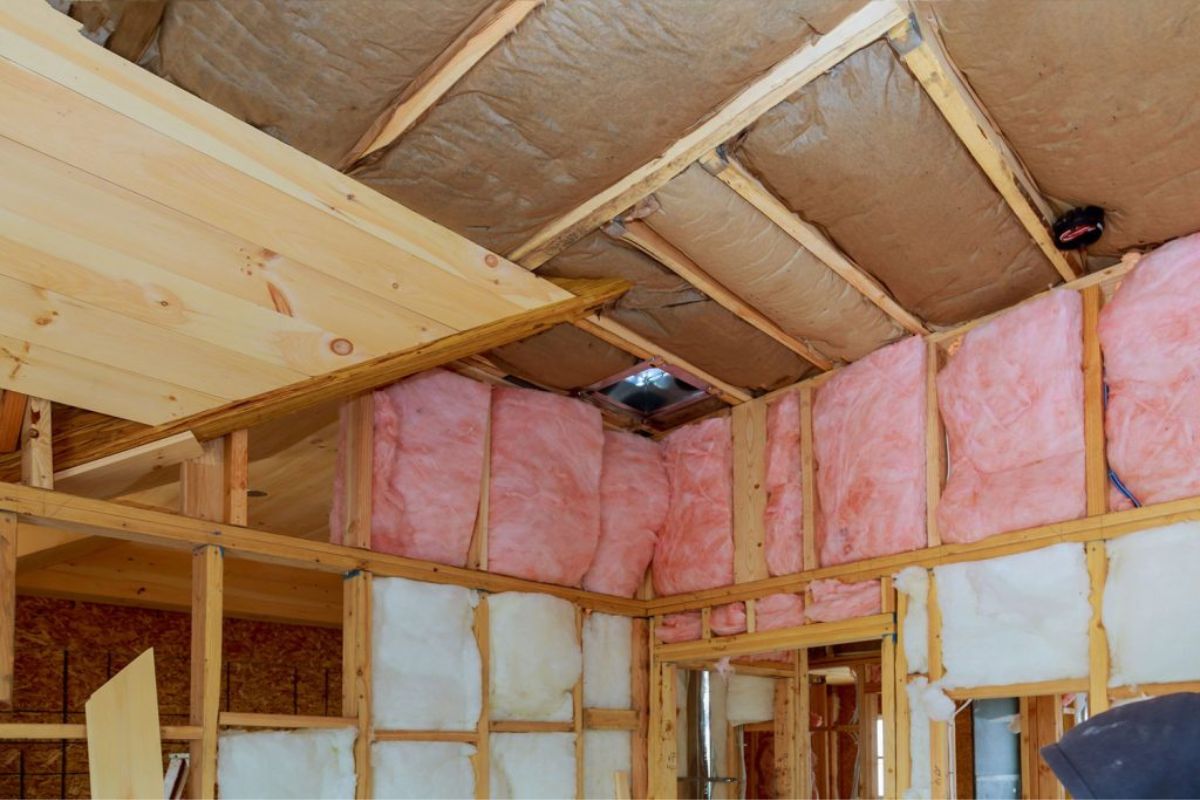
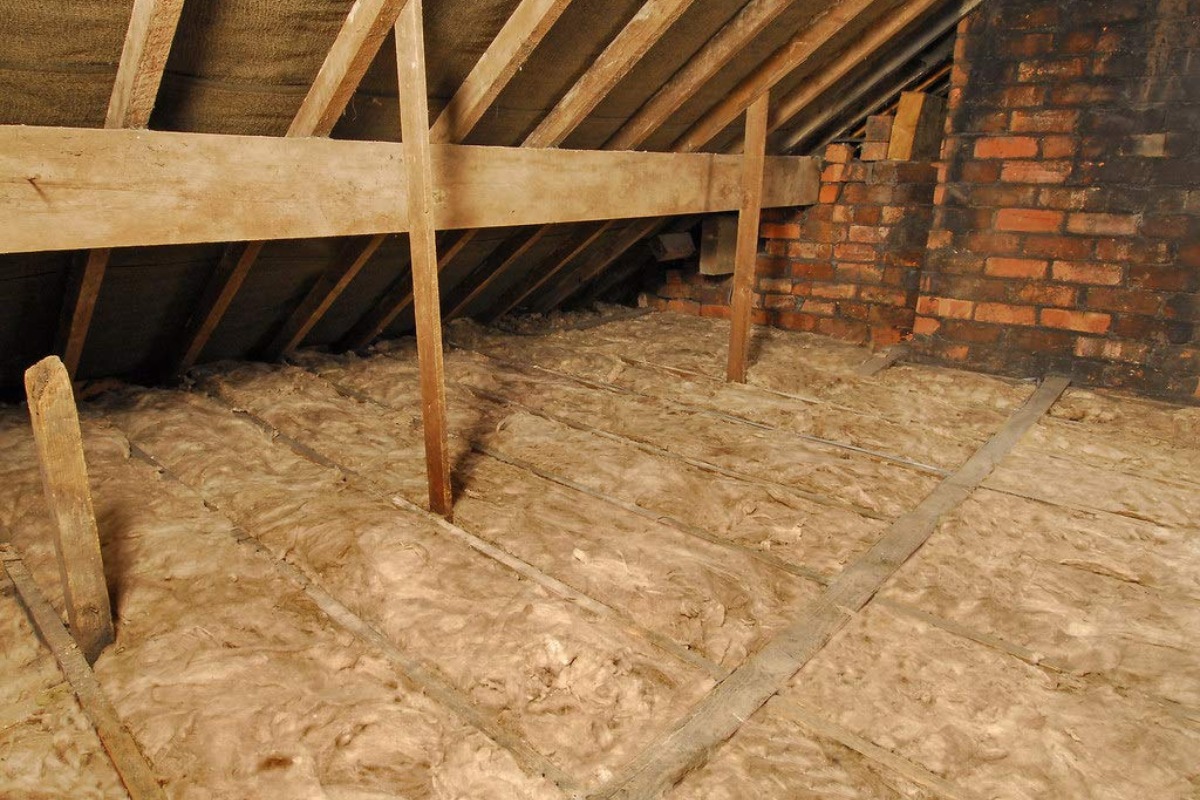
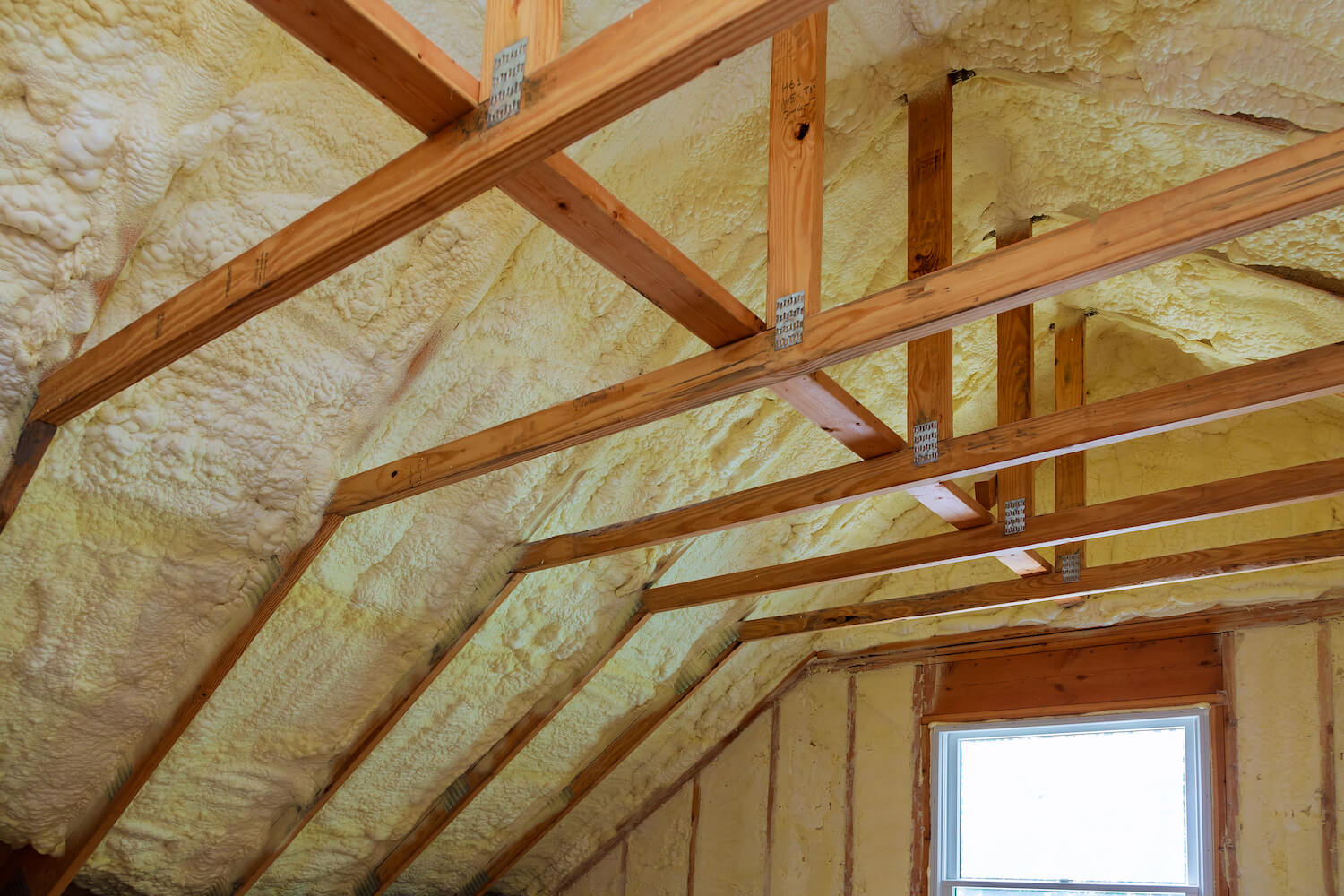

0 thoughts on “Upgrading Your Home’s Insulation For Energy Efficiency”